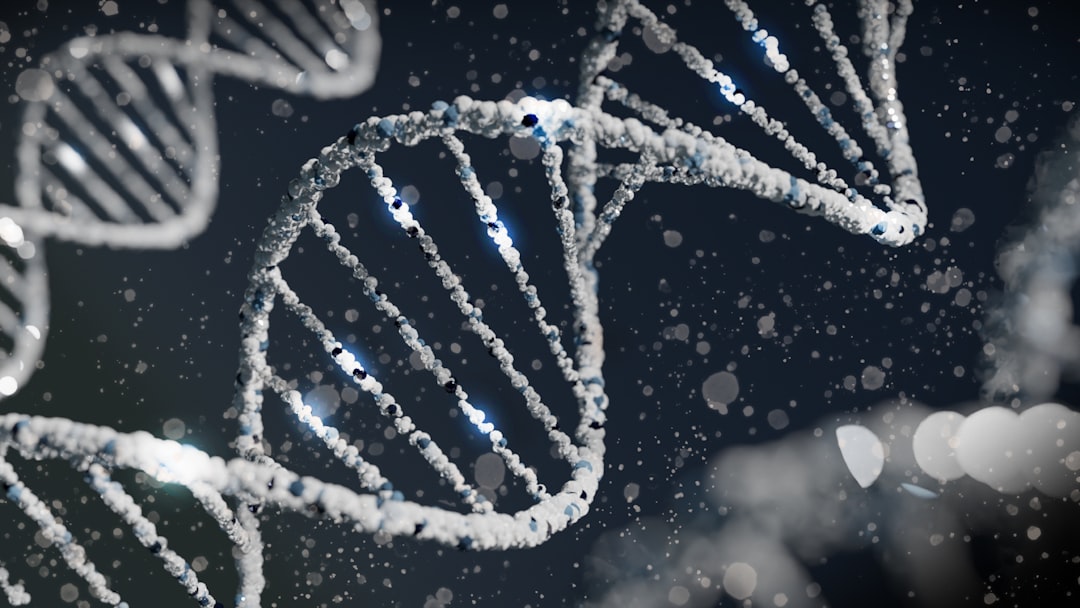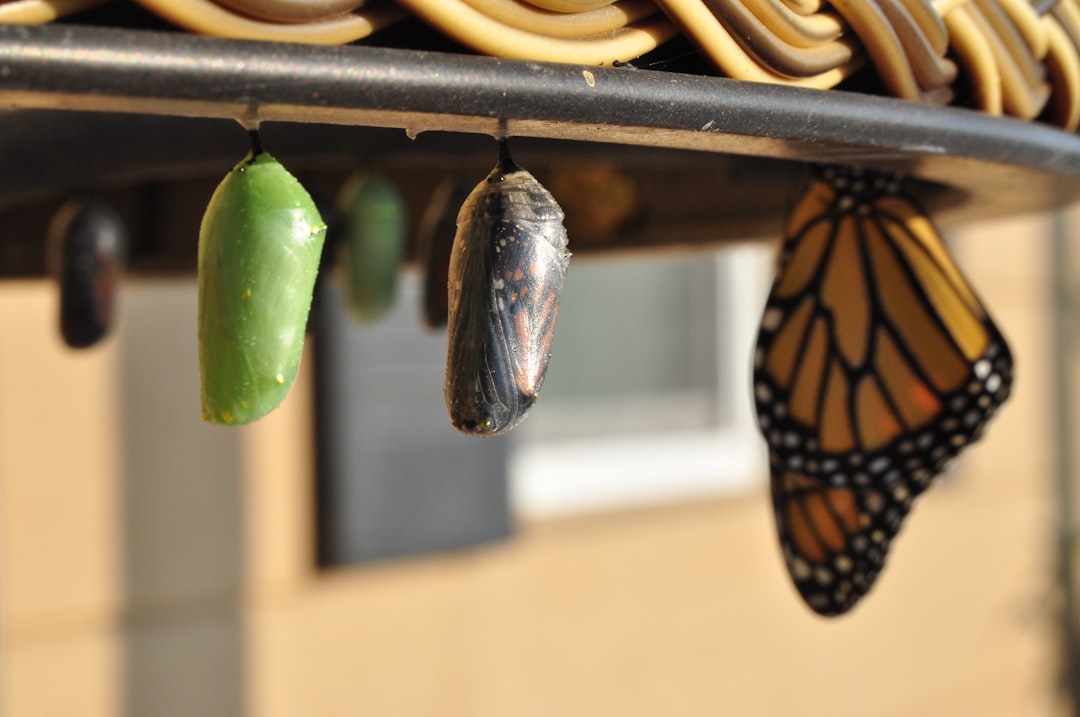What is it about?
The settlement and adhesion of Navicula perminuta and Ulva linza to methyl-terminated alkanethiol self-assembled monolayers (SAMs) of increasing chain length has been investigated. Organisms were allowed to settle onto the monolayers and were subsequently exposed to hydrodynamic shear stress in order to determine their adhesion strength. Results show that as the SAM structure changes from amorphous to crystalline (C14), there is a marked change in the adhesion of N. perminuta and U. linza. Given that the SAMs in the series all exhibit similar contact angle behaviour and surface energy, it is hypothesized that the lubricity of the surface plays a role in determining the surface adhesion.
Featured Image
Read the Original
This page is a summary of: The influence of surface lubricity on the adhesion of Navicula perminuta and Ulva linza to alkanethiol self-assembled monolayers, Journal of The Royal Society Interface, November 2006, Royal Society Publishing,
DOI: 10.1098/rsif.2006.0191.
You can read the full text:
Contributors
The following have contributed to this page










